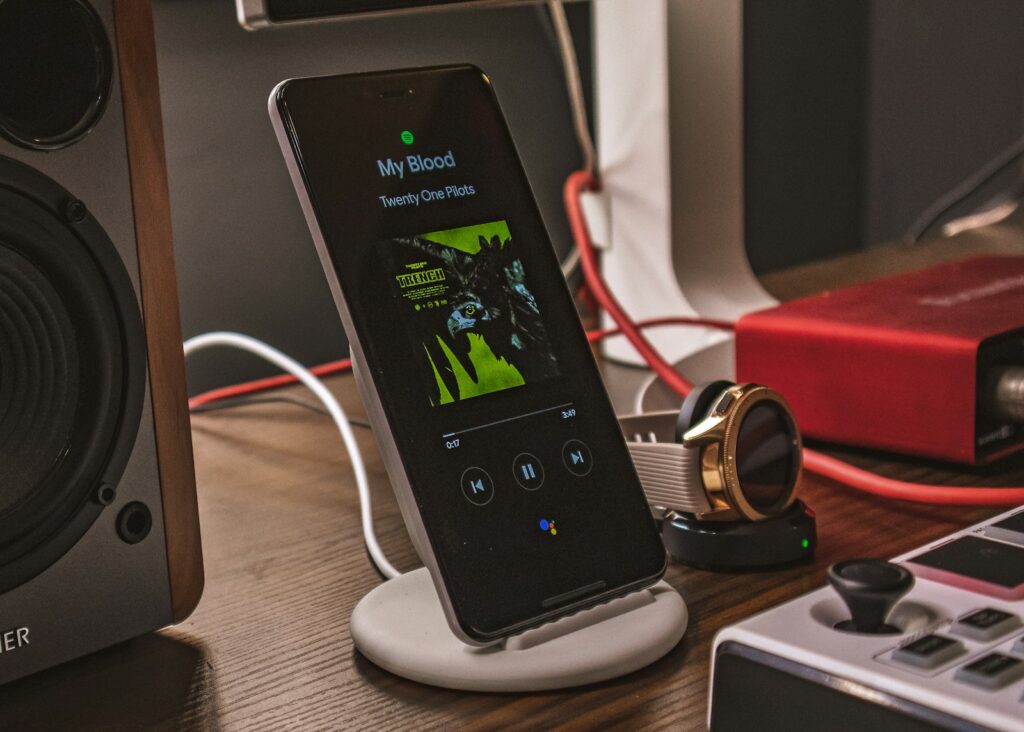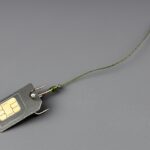Wireless charging has been one of the most buzzed-about smartphone features over the last decade. While it started as a premium luxury on flagship devices, it has slowly trickled down into mid-range phones, earbuds, smartwatches, and even laptops. In 2025, with faster wireless charging speeds, better hardware integration, and broader compatibility, many consumers are asking: is wireless charging finally worth it?
In this article, we’ll break down what wireless charging offers today, what’s changed in 2025, and whether it’s time to embrace the cable-free lifestyle for your gadgets.
What is Wireless Charging?
Wireless charging — also known as inductive charging — uses an electromagnetic field to transfer energy between two objects. A charging pad creates a magnetic field, and a compatible device receives this power via a built-in coil.
Types of wireless charging technologies:
- Qi Wireless Charging: The global standard adopted by most phone makers.
- Magnetic Wireless Charging (MagSafe / Magnetic Rings): Popularized by Apple, adopted by other brands.
- Reverse Wireless Charging: Certain phones can wirelessly charge other devices like earbuds or watches.
How Fast is Wireless Charging in 2025?
In the early days, wireless charging was painfully slow compared to wired charging. But in 2025, wireless speeds have dramatically improved.
Average Wireless Charging Speeds in 2025:
| Charging Method | Max Power Output | Typical Full Charge Time |
|---|---|---|
| Wired (USB-C PD) | 80W – 150W | 15-25 minutes |
| Wireless (Qi 3.0) | 30W – 80W | 30-45 minutes |
| Reverse Wireless | 5W – 10W | 1-2 hours for accessories |
Modern flagship devices now support up to 80W wireless charging (like the Xiaomi 14 Ultra), shrinking the gap with wired charging significantly.
Pros of Wireless Charging in 2025
1. No More Cable Clutter
One of the biggest selling points for wireless charging is reducing cable mess on your desk or nightstand. Drop your phone on a pad, and it charges — no fiddling with connectors.
2. More Durable Charging Ports
Since you’re using your phone’s charging port less, there’s less wear and tear. USB-C ports are more durable than older micro-USB, but they still wear down over time.
3. Convenience for Multiple Devices
A good wireless charger can power your phone, earbuds, and smartwatch at the same time. Multi-device pads or stands are especially handy for people deep in the gadget ecosystem.
4. Reverse Wireless Charging
Today’s high-end phones can act as wireless chargers for smaller devices. Whether your earbuds are dying on the commute or your friend needs a quick phone boost, it’s a useful feature.
5. Sleek, Minimalist Setup
For those into clean, cable-free desk or bedside aesthetics, wireless charging adds to a modern, organized look.
Cons of Wireless Charging in 2025
1. Still Slower Than Wired Charging
While wireless speeds are catching up, ultra-fast wired charging (up to 150W in some phones) still leads in efficiency. If you need a quick top-up before heading out, a wired charger is still faster.
2. More Expensive Chargers
A good wireless charging pad, especially one that supports fast charging or multiple devices, can be costly. Branded MagSafe or Qi-certified accessories often range from $30 to $80.
3. Heat Build-up
Wireless charging generates more heat than wired charging, which can slightly affect battery longevity over time. Modern chargers manage this better, but it’s still a minor concern.
4. Positioning Sensitivity
Your phone needs to be correctly aligned on the charging coil. Misalignment can slow down or interrupt charging. Magnetic alignment helps (as with MagSafe), but it’s still less reliable than a wired connection.
Which Phones Support Wireless Charging in 2025?
Flagship and upper mid-range phones from major brands:
- Apple: iPhone 12 and newer (MagSafe)
- Samsung: Galaxy S21 series and up
- Xiaomi: 13 series and newer
- OnePlus: 11 Pro and newer
- Google Pixel: Pixel 6 and newer
Some mid-range phones now offer basic 10W Qi wireless charging, but it’s still absent in most budget models.
Key Considerations Before Switching to Wireless Charging
1. Device Compatibility
Check if your phone and accessories support wireless charging (and at what wattage). Not all Qi chargers work equally across brands.
2. Charger Wattage
Higher wattage means faster charging. Look for 30W+ chargers for speed comparable to wired.
3. Charging Pad Size
For multi-device use (phone + earbuds + watch), invest in a larger pad with dedicated spots.
4. Portability
Most wireless chargers are designed for home/desk use, though there are portable options available for travel.
Is Wireless Charging Worth It in 2025?
For most users, yes — with caveats. Wireless charging has matured into a reliable, convenient, and fast-enough technology for everyday use.
When It’s Worth It:
- If you value convenience over absolute charging speed.
- If you use multiple chargeable devices (earbuds, smartwatches).
- If you want a clutter-free workspace or nightstand.
- If you’re investing in a flagship or upper-midrange device.
When to Stick with Wired Charging:
- If ultra-fast charging speed is your top priority.
- If you’re on a tight budget (wireless chargers are pricier).
- If your phone or devices don’t support wireless charging.
Conclusion
Wireless charging has come a long way. In 2025, it’s no longer a gimmick — it’s a practical, mainstream feature with real benefits for convenience, multitasking, and aesthetics.
That said, it hasn’t fully replaced wired charging. For now, most users will find a mix of both offers the best experience: wireless for everyday top-ups, wired for quick power boosts.
If your phone supports it and you value simplicity in your daily tech routine, investing in a reliable wireless charger in 2025 is absolutely worth it.
Meta Description:
Is wireless charging finally worth it in 2025? Discover the pros, cons, charging speeds, and whether it’s the right choice for your smartphone lifestyle.



